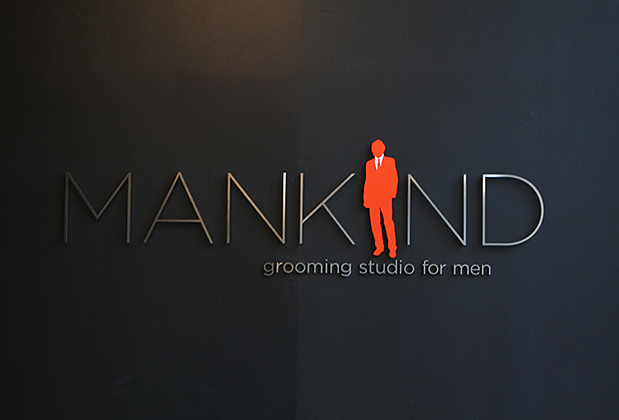Corporate Logo Design Ideas
By the 1950s, Modernism had shed its roots as an avant-garde artistic movement in Europe to become an international, commercialized movement with adherents in the United States and elsewhere. The visual simplicity and conceptual clarity that were the hallmarks of Modernism as an artistic movement formed a powerful toolset for a new generation of graphic designers whose logos embodied Ludwig Mies van der Rohe's dictum, "Less is more." Modernist-inspired logos proved successful in the era of mass visual communication ushered in by television, improvements in printing technology, and digital innovations. The Arts and Crafts Movement of late-19th century, partially in response to the excesses of Victorian typography, aimed to restore an honest sense of craftsmanship to the mass-produced goods of the era. A renewal of interest in craftsmanship and quality also provided the artists and companies with a greater interest in credit, leading to the creation of unique logos and marks. Innovators in the visual arts and lithographic process—such as French printing firm Rouchon in the 1840s, Joseph Morse of New York in the 1850s, Frederick Walker of England in the 1870s, and Jules Chéret of France in the 1870s—developed an illustrative style that went beyond tonal, representational art to figurative imagery with sections of bright, flat colors. Playful children's books, authoritative newspapers, and conversational periodicals developed their own visual and editorial styles for unique, expanding audiences. As printing costs decreased, literacy rates increased, and visual styles changed, the Victorian decorative arts lead to an expansion of typographic styles and methods of representing businesses. The arts were expanding in purpose—from expression and decoration of an artistic, storytelling nature, to a differentiation of brands and products that the growing middle classes were consuming. Consultancies and trades-groups in the commercial arts were growing and organizing; by 1890 the US had 700 lithographic printing firms employing more than 8,000 people. Artistic credit tended to be assigned to the lithographic company, as opposed to the individual artists. As the industrial revolution converted western societies from agrarian to industrial in the 18th and 19th centuries, photography and lithography contributed to the boom of an advertising industry that integrated typography and imagery together on the page. Simultaneously, typography itself was undergoing a revolution of form and expression that expanded beyond the modest, serif typefaces used in books, to bold, ornamental typefaces used on broadsheet posters. Numerous inventions and techniques have contributed to the contemporary logo, including cylinder seals (c.2300 BCE), coins (c.600 BCE), trans-cultural diffusion of logographic languages, coats of arms, watermarks, silver hallmarks and the development of printing technology. In the days of hot metal typesetting, a logotype was a uniquely set and arranged typeface or colophon. At the level of mass communication and in common usage a company's logo is today often synonymous with its trademark or brand. A logo is a graphic mark or emblem commonly used by commercial enterprises, organizations and even individuals to aid and promote instant public recognition. Logos are either purely graphic (symbols/icons) or are composed of the name of the organization (a logotype or wordmark). An example of an abstract mark is the blue octagon representing Chase Bank, while an example of a representational mark is the "everyman" icon of PBS. Examples of well-known logotypes (wordmarks) are the striped IBM design, Mobil written in blue with a red "o" and CocaCola written in flowing red script.




















No comments:
Post a Comment